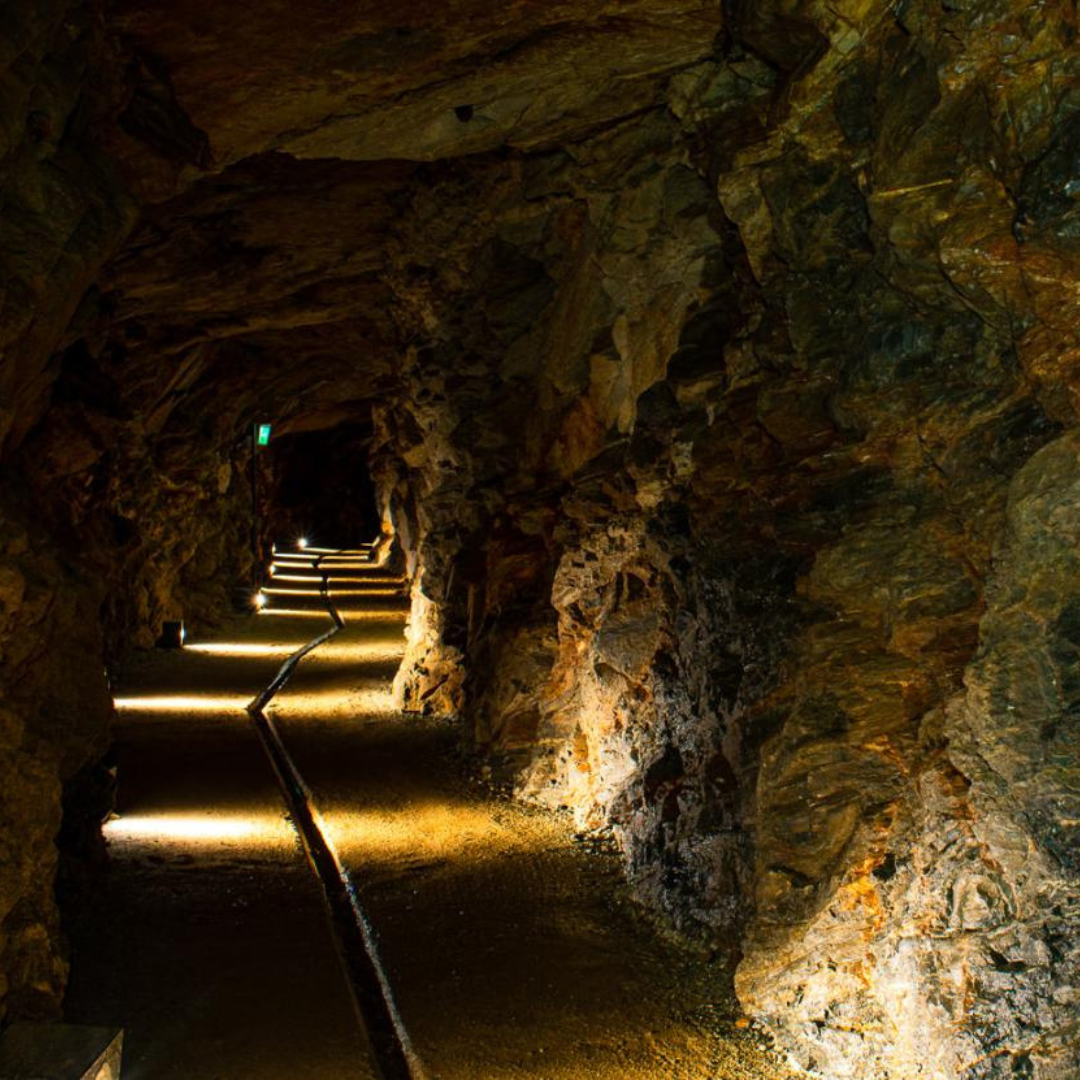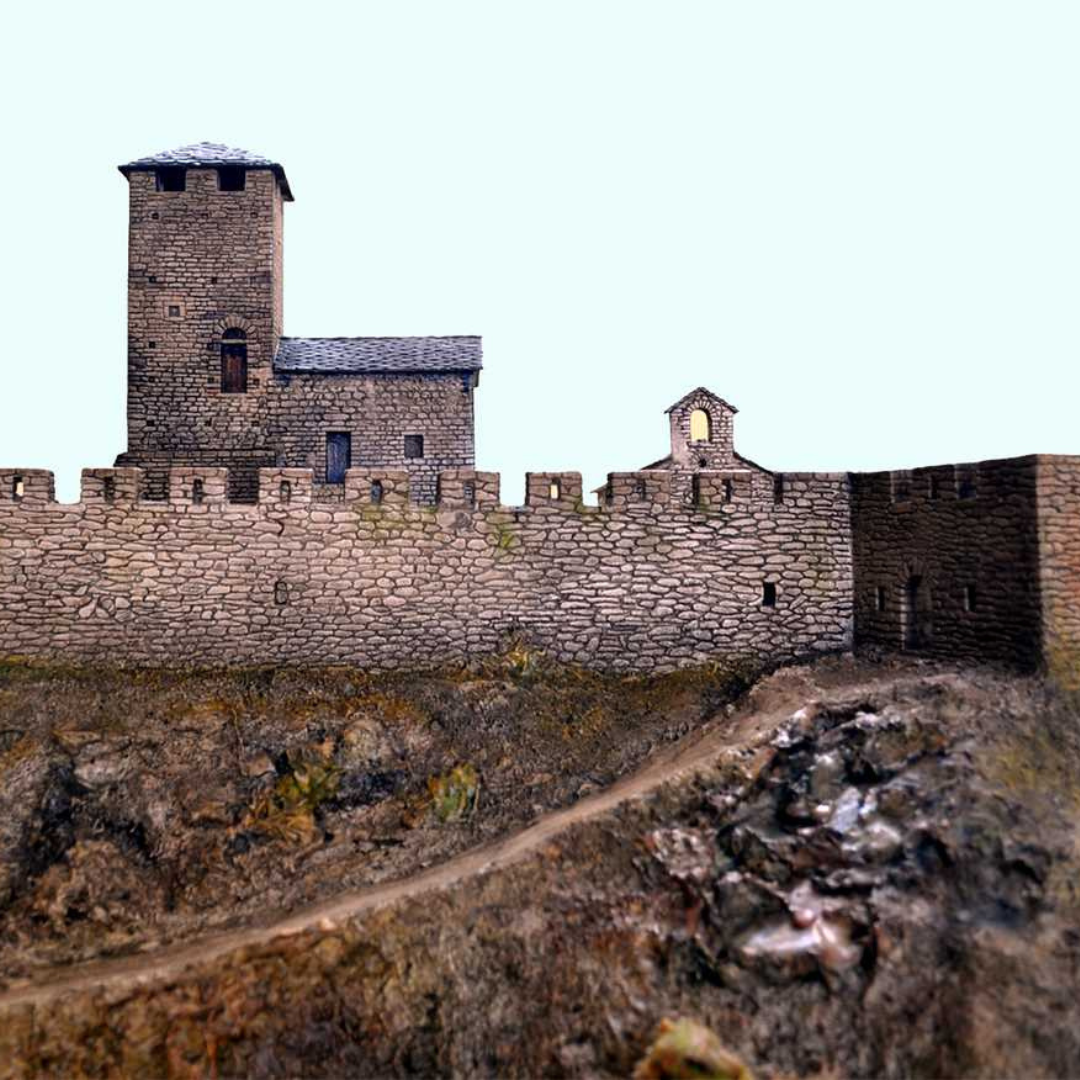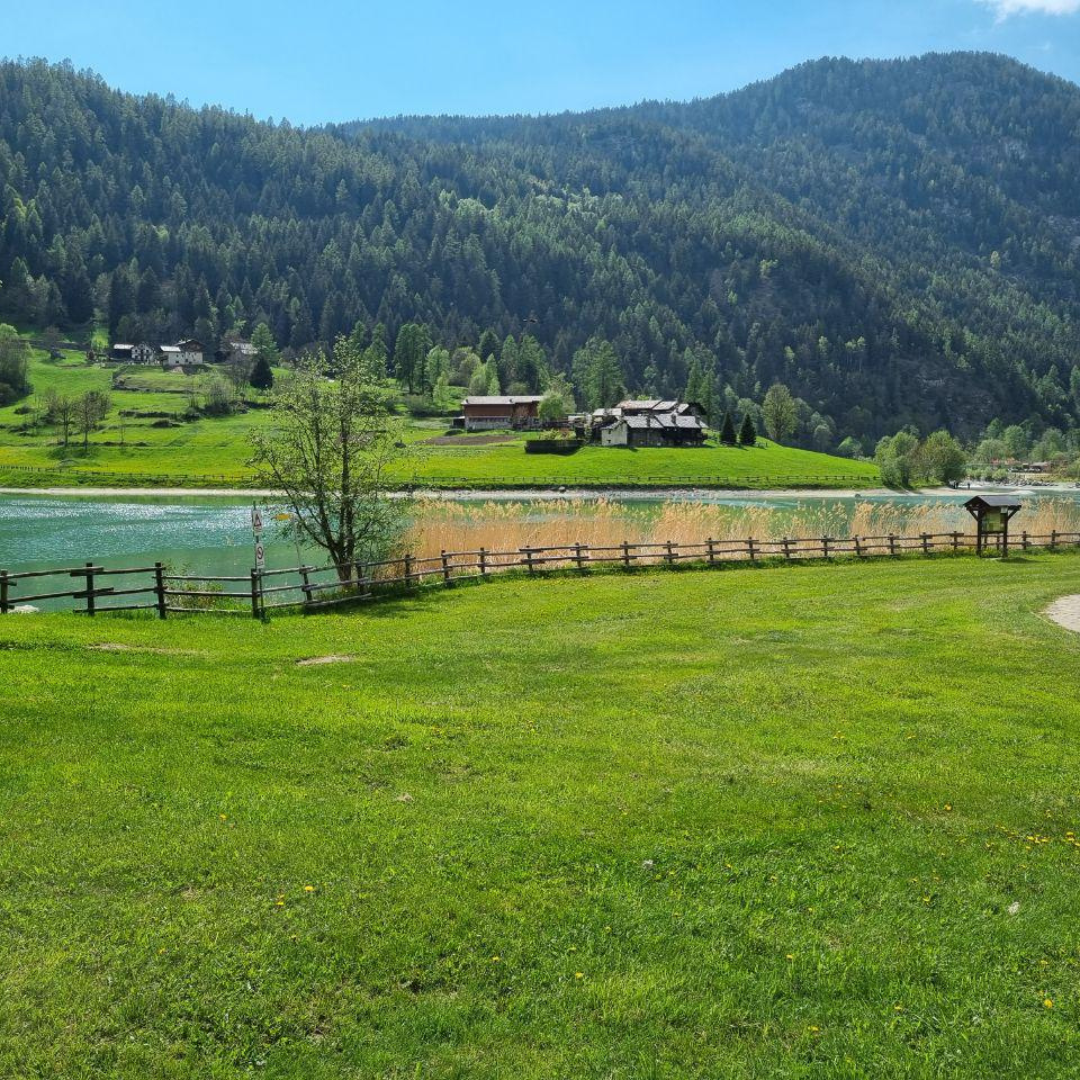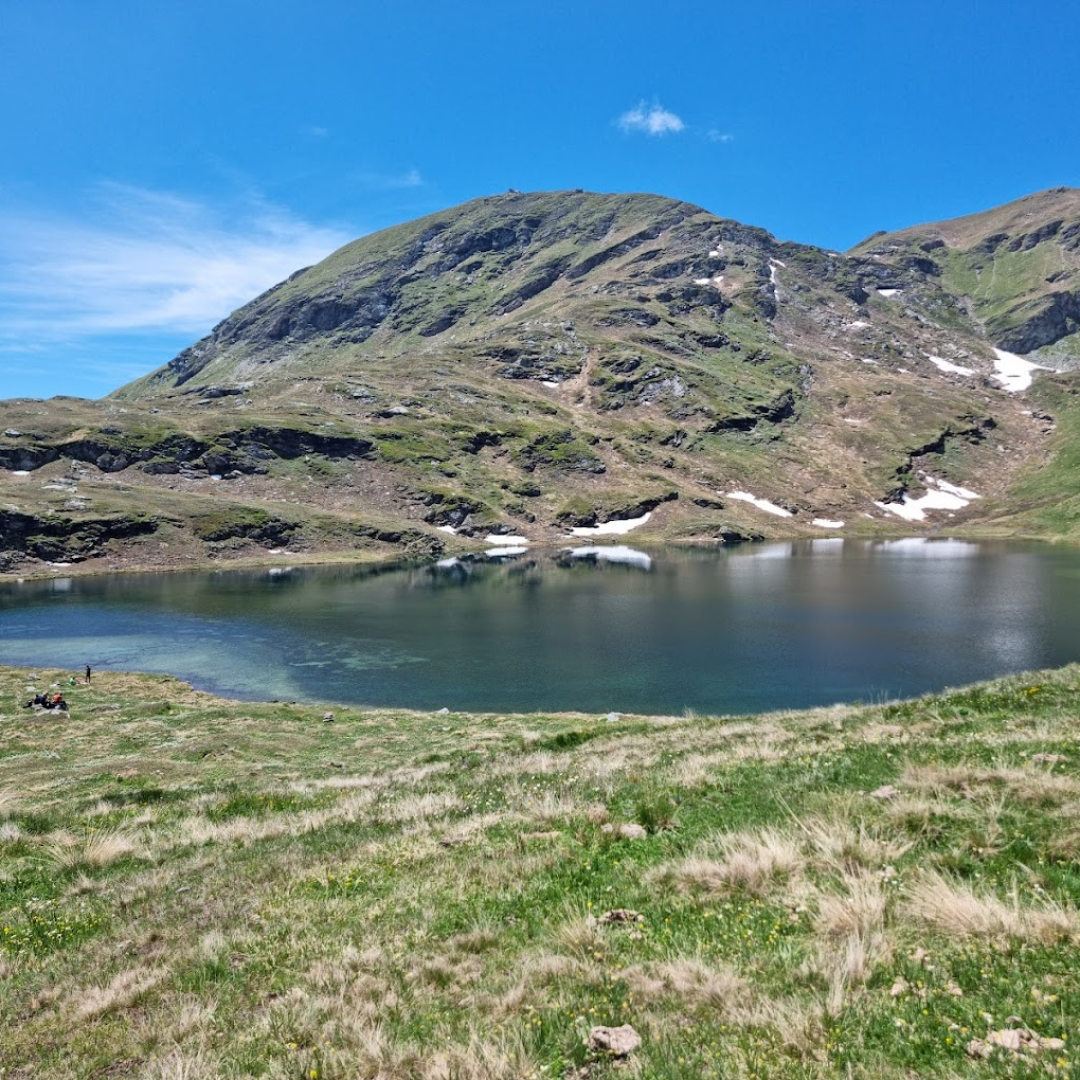Places to visit


Graines Castle
During the Middle Ages, the Brusson area was part of the estate of the Abbey of Saint-Maurice d’Agaune, under the Lords of Challant. The valley is dominated by the remains of Graines Castle, the only one of the Aosta Valley’s castles that has not undergone significant alterations since its original 11th-century architecture.
The castle is situated atop a rocky outcrop at the entrance of the Vallone di Freudière, strategically positioned to oversee the entire Val d’Ayas and the access to the upper Val de Gressoney. It is a “primitive-type” construction, characterized by its essential and austere appearance. The defensive wall follows the natural contours of the rock and is absent on the steep side, where it was deemed unnecessary.
Today, visitors can still see the remains of the Romanesque minor church, oriented eastward and dedicated to Saint Martin, along with the perimeter walls that define its single nave.
The site is accessible by taking the regional road from Verrès up to Val d’Ayas, turning right after the village of Arcesaz (Brusson). From there, a short footpath through cherry tree woods, especially beautiful in spring and autumn, leads to the castle.

Brusson Lake
Brusson Lake is an artificial lake and serves as a recreational reserve. Easily accessible by car, it is located in the main town of Brusson. The lake is surrounded by a large playground with tables and benches, a beach volleyball court, a small beach with inflatables, and a grassy area for sunbathing. 1 km beyond the lake, there is a beautiful picnic area equipped for outdoor dining.

Palasina and Bringuez Lakes
Located on the left side of the Val d’Ayas, roughly above the town of Brusson, the Palasina Basin is highly valued for the seclusion and beauty of the Palasina Lakes. The hike to the lakes is considered one of the most popular excursions in the valley; the entire Palasina Valley is very frequented as it offers numerous routes with manageable difficulties in a pleasant and lush environment.
